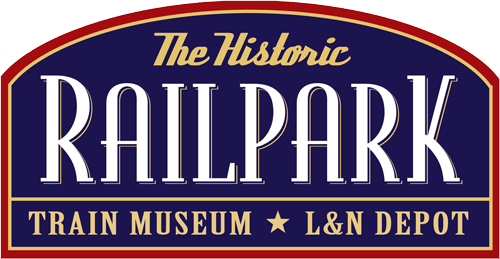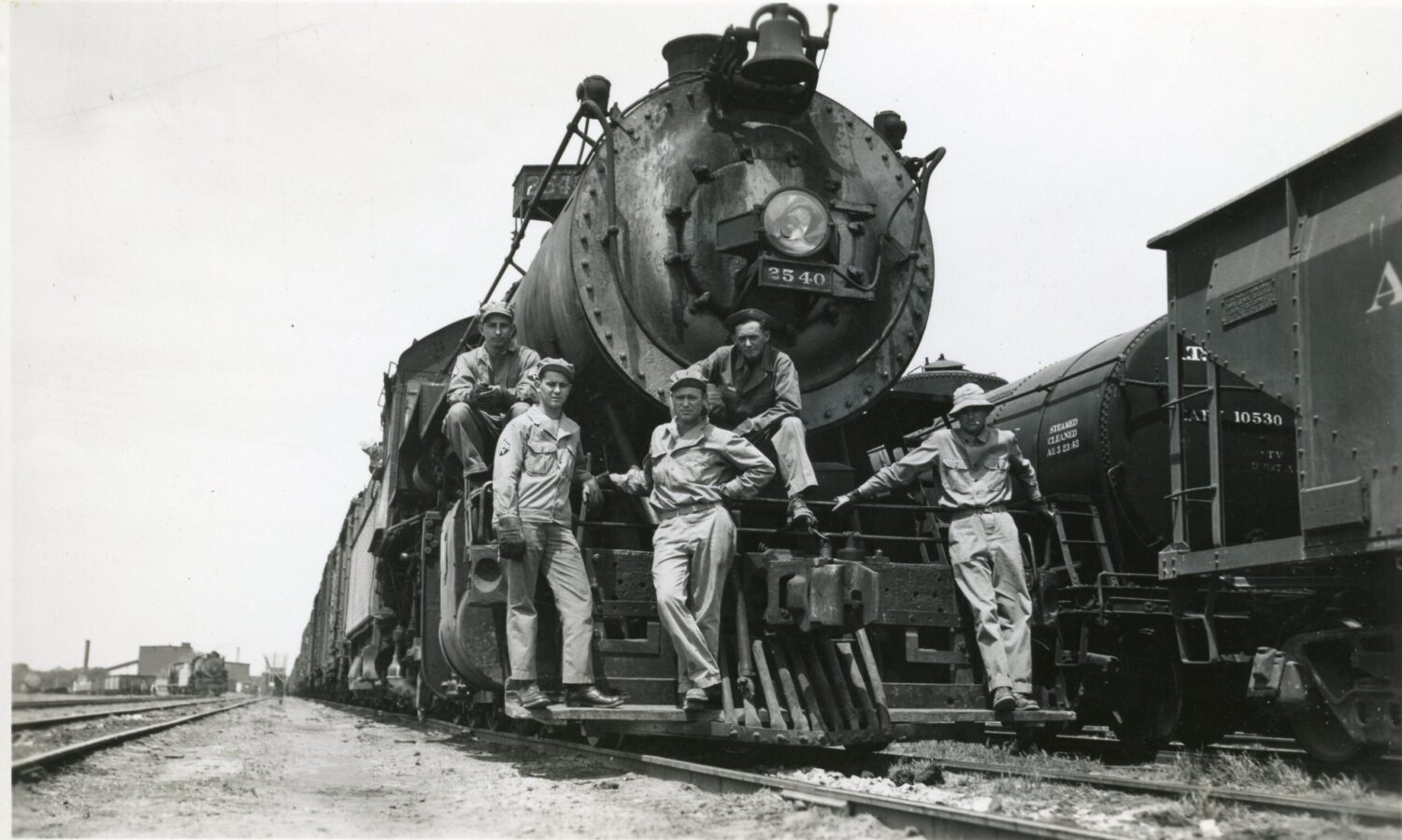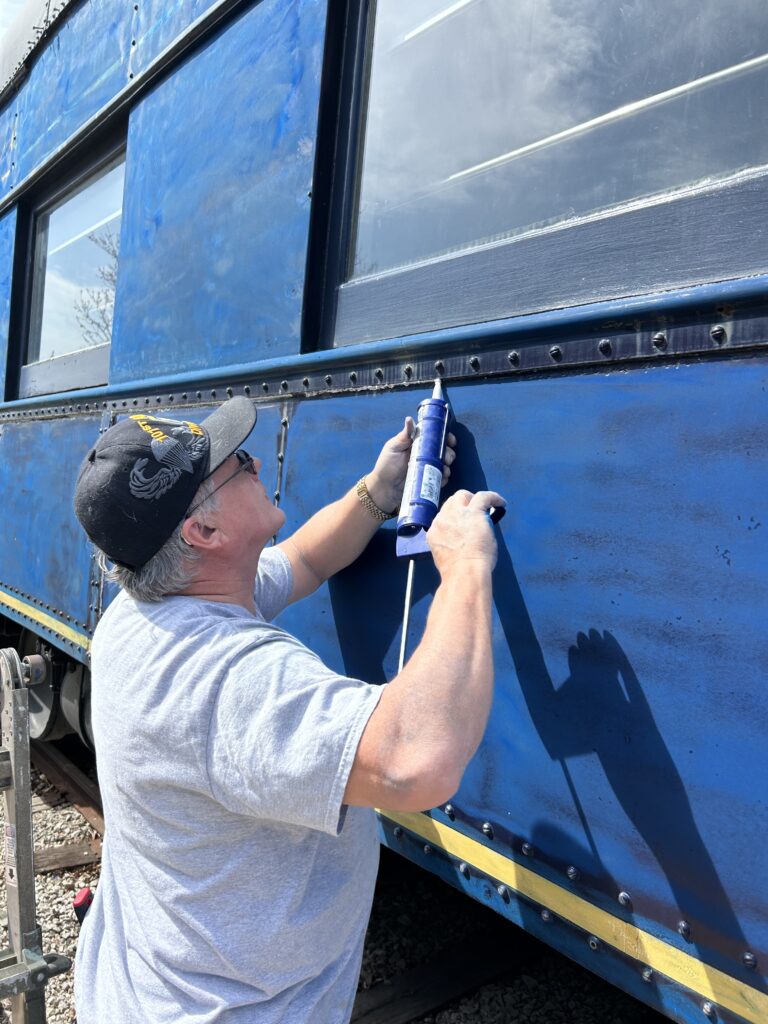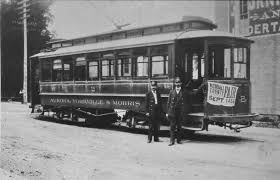Keep an Open Mind When Visiting the Historic RailPark
Visiting a train museum may not be at the top of your bucket list. But have you ever considered all the things you might see, learn, and experience during your visit to the Historic RailPark & Train Museum? We are more than just trains—our exhibits tell stories that span history, culture, and innovation, and you might be surprised by what captures your interest.
One of our most recent installations is a three-part series called Railroads Go To War. At first glance, this might not sound like a topic that immediately grabs your attention. However, a deeper dive into the exhibit reveals that it’s about much more than trains and war. It’s about people—the soldiers, the workers, and the families whose lives were transformed during wartime. Their stories will connect you to this piece of history in a personal way.
Here’s what you can expect to learn:
Phase I: Railroading in World War I and World War II
This first phase of Railroads Go To War focuses on the critical role railroads played during both world wars, including the contributions of the 728th Railway Operating Battalion. On one side of the display, you’ll find information about railroads during World War I, including U.S. Railroad Administration (USRA) standardization, troop and passenger movements, and the impact of wartime rationing on railways.
On the other side of the exhibit, World War II takes center stage. Here, you’ll learn about troop transport cars, read poignant quotes from soldiers’ letters, and dive into the story of the Louisville & Nashville Railroad’s 728th Battalion, a key player in the United States Army Transportation Corps. These details bring to life the crucial role railroads played in the war effort, providing insight into the lives of those involved.
Phase II: Women in Railroading
The second phase highlights Women in Railroading, with a special focus on iconic figures like Rosie the Riveter. This exhibit showcases the essential roles women played in keeping the railroads—and the war effort—running smoothly during the war years, breaking barriers and changing the workforce landscape forever.
Phase III: Canteens and Harvey Girls
The final phase of the exhibit explores Canteens and Harvey Girls, spotlighting the hospitality workers who supported the war effort by providing comfort, food, and service to soldiers traveling across the country by train. This chapter of the exhibit tells stories of resilience, community, and dedication from an often-overlooked angle, emphasizing the importance of support networks during wartime.
Why You Should Visit
Whether you’re a history buff or simply curious, visiting the Railroads Go To War exhibit will change how you think about the relationship between railroads and wartime efforts. You’ll walk away with new knowledge, perhaps with a deeper connection to the past—and to the people who shaped it. Keeping an open mind when you visit may just lead to an unforgettable experience.
So next time you’re planning an outing, consider stopping by the Historic RailPark & Train Museum. You may come for the trains, but you’ll leave with a richer understanding of history, and maybe even a new appreciation for the people and events that shaped our world.
We can’t wait to see you!











